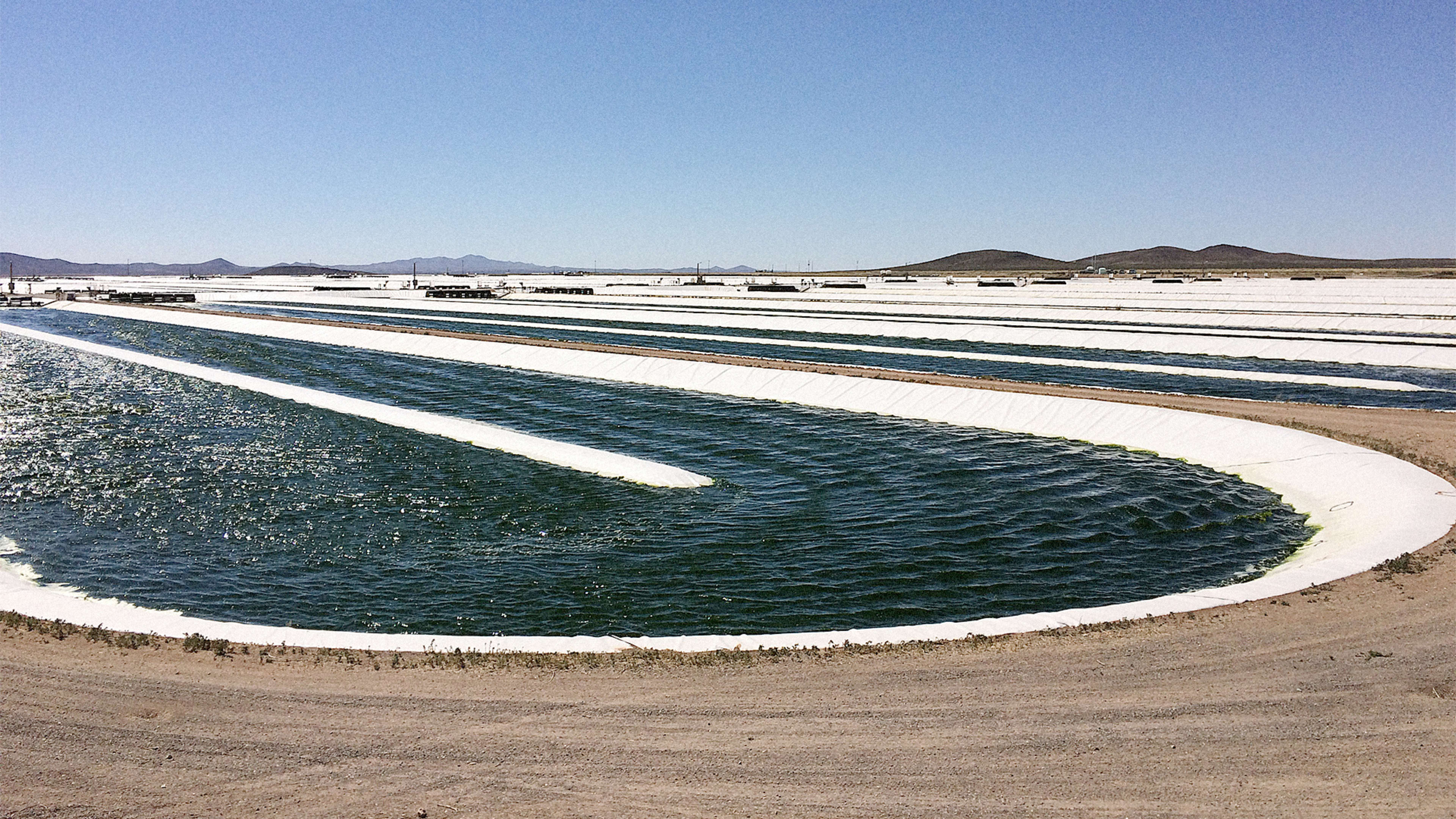Over the course of the last decade, the U.S. developed an obsession with omega-3 fatty acids. As study after study coalesced around the idea that this nutrient, found commonly in seafood, could alleviate a host of woes from cardiovascular issues to mental decline, Americans began popping omega-3 supplements, mostly in the form of fish oil pills, by the bushel. It became a multibillion dollar industry.
But the scramble to get the (still debatable) benefits of omega-3s has lead to devastating overfishing of fish species like menhaden, which are crucial to the aquatic ecosystem, and has landed others, like whale sharks, on the endangered species list. With Americans’ enthusiasm for omega-3s showing no signs of cooling, finding an alternative to fish-derived nutrients became imperative. And Qualitas Health, a Texas-based nutrition company, has landed on a solution: algae.
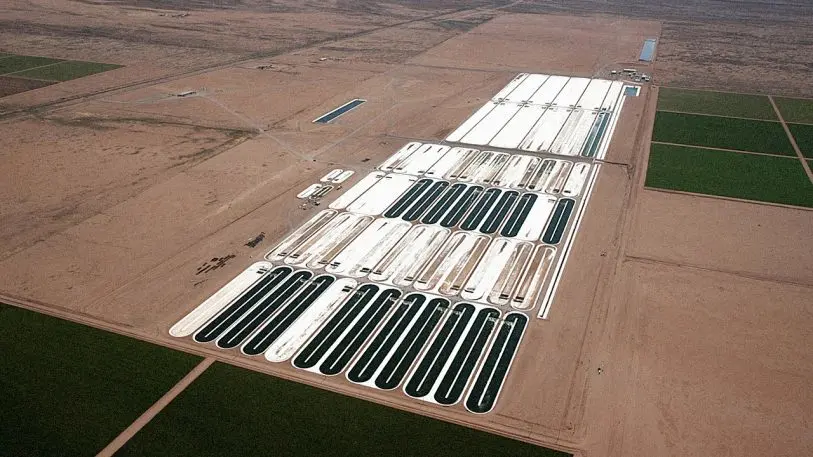
Around 19 million (8% of the total population) adult Americans, lured by the health benefits, take omega-3 supplements in the form of fish oil. It’s far and away the most commonly consumed supplement in the country, and its ascent has been rapid: 8 million more people reported taking omega-3s in 2012 than did in 2007. As the demand for supplements continues to grow, Qualitas CEO Miguel Calatayud tells Fast Company, his company is setting out to offer a plant-based alternative to the fish and krill supplements currently driving that growth and dominating the market.
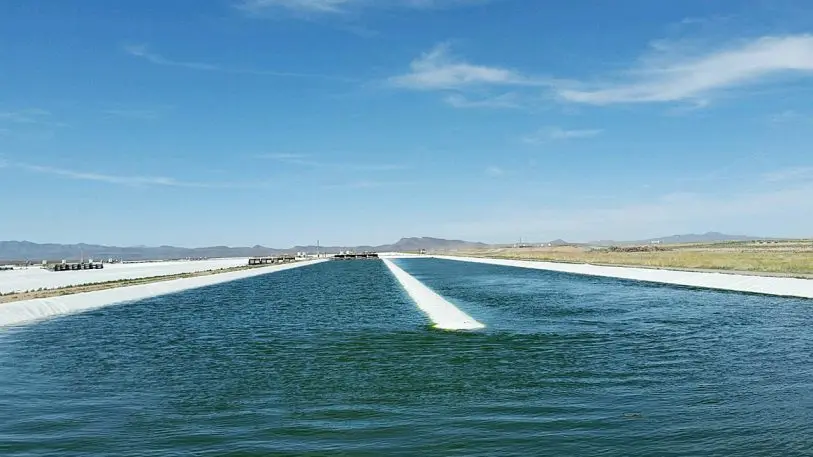
In the company’s early days, Qualitas VP of operations Rebecca White tells Fast Company, “it was mainly about selling the omega-3s from algae as a bulk ingredient, and doing business-to-business sales.” But in March of 2016, Calatayud came on board as CEO and brought with him years of experience in the nutrition startup realm, and a vision to turn commercially grown algae into a viable and sustainable player in the health and wellness scene.
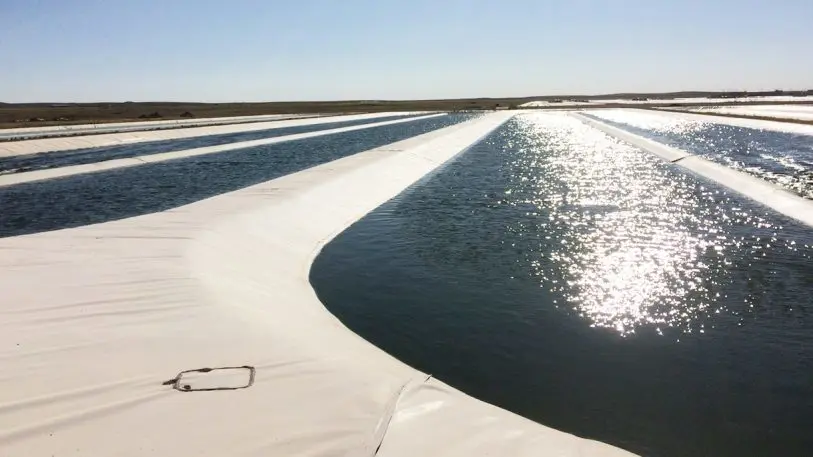
In March, Qualitas introduced its inaugural line of omega-3 supplements, called alGeepa, to the Texas retail chain H-E-B, and plans to scale the availability of its products to the rest of the U.S. following its production expansion. And that’s not the only part of the supplement industry it’s targeting: The company is also working on an algae-derived protein product, and a fiber supplement developed from the cell wall. “The whole point is to use as much of the biomass as possible,” White says. While the seafood industry currently has the monopoly on the omega-3 supplement industry, Qualitas, through scaling up its operations, is aiming to prove that nutritional elements like protein and omega-3, which are associated mainly with seafood and livestock, can come from a source that’s entirely sustainable and vegan.

While the industry comes to terms with the nutritional value of the plant, companies like Qualitas are determined to prove its viability as a large-scale crop–and the expansion to the New Mexico facility is at the forefront of that shift. “We’ve got to be way more creative with how we think about food and nutrition, and where that comes from,” White says. A variety of companies are looking to peas and soy as alternatives to the protein derived from the climate-change-driving livestock industry, but algae, White says, is a more sustainable and efficient option.
Especially in the arid climates of Texas and New Mexico, where few crops grow and livestock is the dominant industry, Qualitas’s operations represent a radical reimagining of what the land can do. A handful of companies like TerraVia and ADM are using a fermentation process to grow algae in steel tanks, and while those processes are helping to grow the industry and pique interest in algae-based products, what’s unique about Qualitas, says Matt Carr, executive director of the Algae Biomass Organization, is its progress in growing algae photosynthetically–using just the sun and carbon dioxide, like just another land-based crop, but doing so in a climate and region otherwise hostile to agriculture.
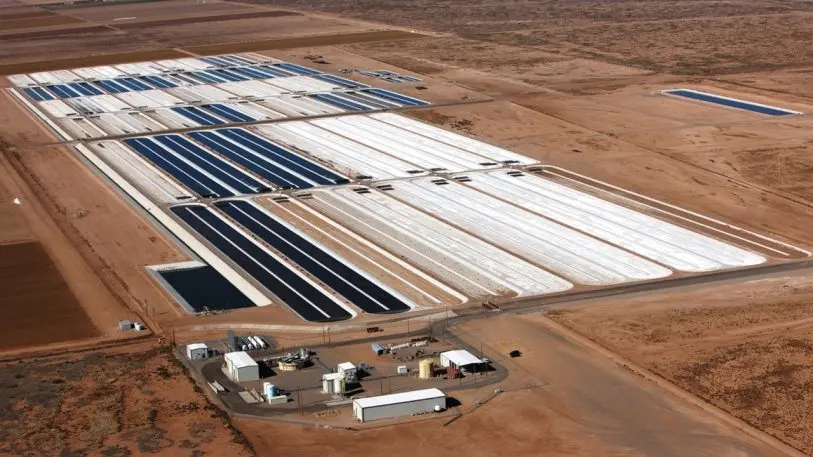
And because algae thrives in ocean-like climates, the Qualitas facilities, while water-intensive, utilize mostly brackish water. White estimates that each acre of production requires around five gallons of fresh water, but that’s mostly reserved for staff drinking water and lab use; all of the water in the ponds is, essentially, sea water. Qualitas’s 150 production acres equates to the nearly 45,000 acres of land required to cultivate the same value of peas.
Qualitas’s expansion will put the viability of its model to a much more rigorous test. “If they can demonstrate that their system works and doesn’t crash, and can sustainably produce commercial algae volumes, we’ll likely see a pretty rapid uptake of algae as a broader substitute,” Carr says.
Recognize your brand’s excellence by applying to this year’s Brands That Matter Awards before the early-rate deadline, May 3.
